Sev usar is essentially a thick soup made of dried green peas (vatana peas), and is topped with tamarind (imli) chutney, onions, tomatoes, and sev (small crunchy noodles made of chickpea flour).
|
My husband and I have been married for three-and-a-half years. As he and his family are Gujarati, I have learned about and eaten many new Gujarati foods over the past few years. My husband is a big fan of various types of chaat, a loose term for a snack generally prepared with some type of fried dough, potatoes, tomatoes, onions, and various sauces. In India, you will often find chaat being sold in markets and train stations. Because my husband enjoys chaat, we often eat it when we visit my in-laws. One of my favorite dishes that my mother-in-law makes is sev usar--a type of Gujarati chaat. If you are a fan of ragada patties (another chaat dish), then you will like sev usar too! I think the first time I had sev usar was during one of my very first trips to my in-laws' home, before my husband and I were even married. It quickly became one of my favorites because (1) I love soup and anything resembling a soup, (2) I love healthy and light dishes. Sev usar is an awesome dish to make when you are in the mood for chaat, but you want to be healthy!
Sev usar is essentially a thick soup made of dried green peas (vatana peas), and is topped with tamarind (imli) chutney, onions, tomatoes, and sev (small crunchy noodles made of chickpea flour).
4 Comments
This time a year ago, my husband and I were on vacation in Thailand. It has been brutally cold for the past few weeks--we even had a snow day from work a few days ago--and naturally we have been reminiscing about the warm weather days in Thailand. As I have noted elsewhere in this blog, our trip to Thailand (specifically a cooking class we took) really inspired my desire to cook from-scratch and healthy food. So, with Thailand already on my mind, this week I made a dish inspired by Thai flavors. The recipe for the chicken in this dish is actually the recipe used to make the Thai dish "chicken satay." The ingredients, however, are all easily found in an Indian kitchen. It is really fascinating how much Thai cooking and Indian cooking have in common--and this can be attributed to the old spice routes that connected Southeast Asia and the Indian subcontinent to the Middle East, North Africa, and parts of Europe.
The main "Thai inspiration" in this recipe comes from the use of coconut milk instead of yogurt. Coconut milk is used to make almost all Thai curries; but it is also a very popular ingredient in South Indian cooking as well. Since this recipe is a semi-fusion recipe, there is not a traditional name for it; therefore, I have decided to call it coconut milk chicken tikka! The name alone makes me hungry! This dipping sauce is actually a Thai recipe; but there is no reason it cannot be used with Indian food! It is an easy way to add additional spice to your dishes. In Thailand, it is traditionally served with chicken satay. The recipe for this dipping sauce essentially involves quick-pickling cucumbers. The pickling liquid becomes infused with the other ingredients in the recipe, and these flavors transfer to the pickled cucumbers. The cucumbers retain a nice crunch because the dipping sauce is prepared right before serving!
When I was a child, my parents almost always made raita and served it with dinner. "Raita" is a condiment made with yogurt, spices, and herbs. My parents served it with dinner because it is a way to add more raw vegetables into a meal, and because it nicely balances a hot and spicy dish. There are many varieties of raita--the yogurt may be mixed with vegetables, fruits, or other items. If you are familiar with Greek food, raita is very similar to tzatziki sauce. This is my recipe for a very simple vegetable raita; but feel free to try your own combinations and variations!
Patta Gobhi is one of my favorite bhaajis. When I was younger, I was not a big fan; but as I've gotten older, I really appreciate that patta gobhi is light, low calorie, and--most importantly--has amazing flavor and a nice crunch. When I go back home to see my parents, my mom makes it knowing it has become one of my favorites. I could honestly eat it by itself in a bowl!
Patta gobhi is a great option on a busy weeknight. It requires very few ingredients and cooks very quickly because you are essentially stir-frying everything. Compared to other Indian dishes, this is a quick and easy fix.
"Patta gobhi" means cabbage. "Chana dal" is the split inner kernel of a black chickpea. These are the two main ingredients in the dish--so you can see why it's pretty low calorie! You can buy chana dal at the Indian grocery store; or, Bob's Red Mill also sells it. |
Categories
All
Archives
July 2015
AuthorExploring Indian cuisine and trying to learn the recipes of my family. I hope to help and inspire others along the way. |

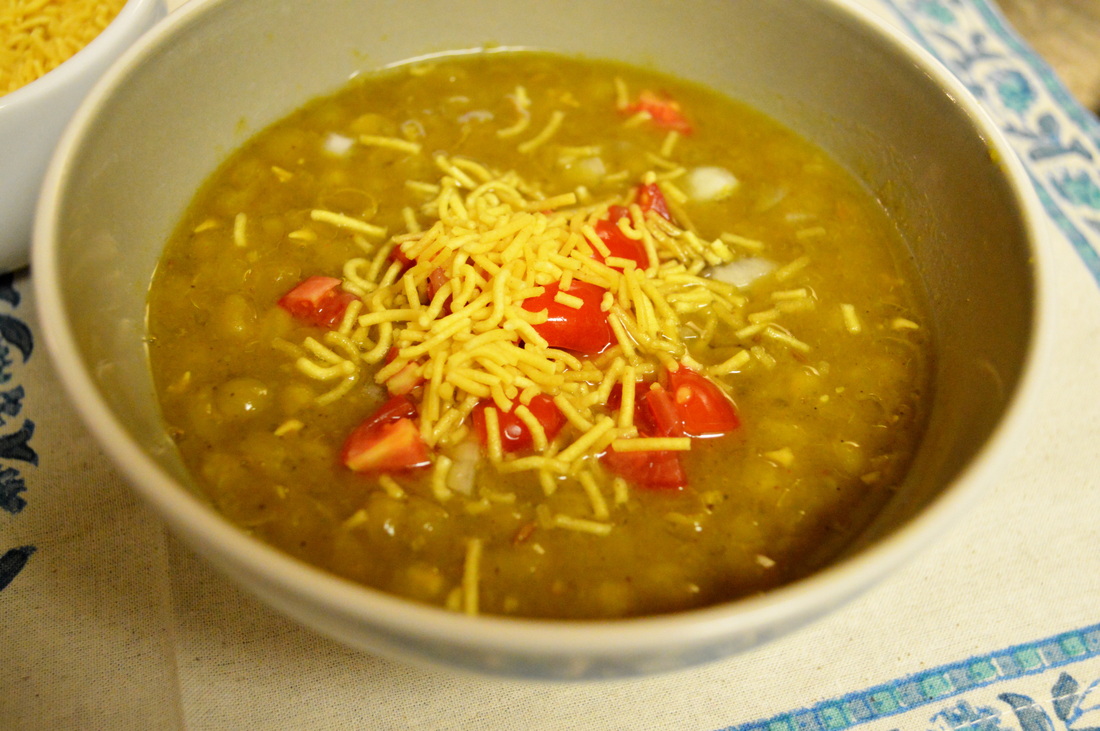
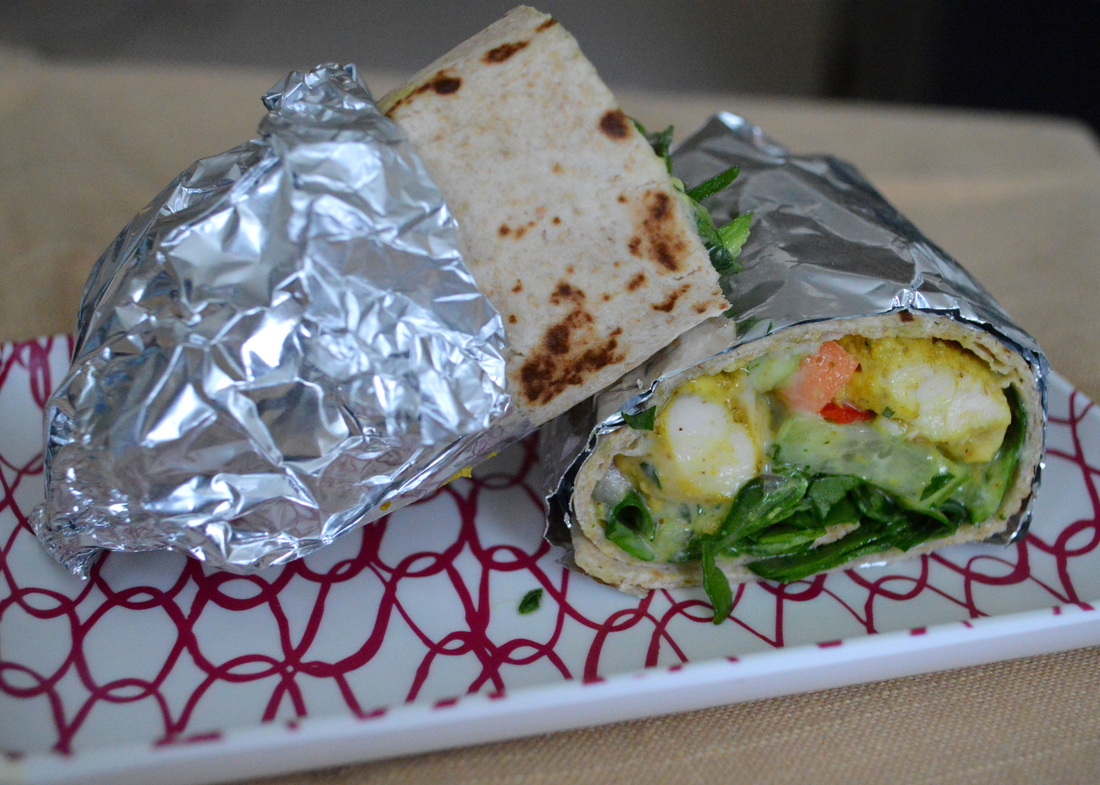
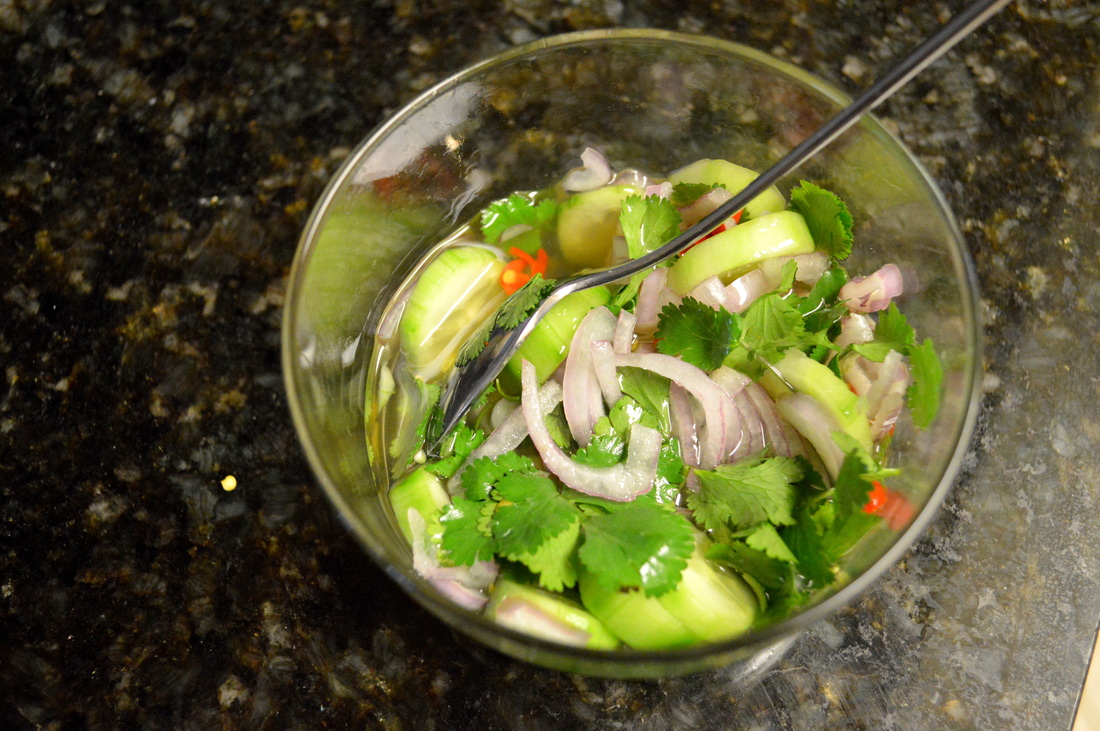
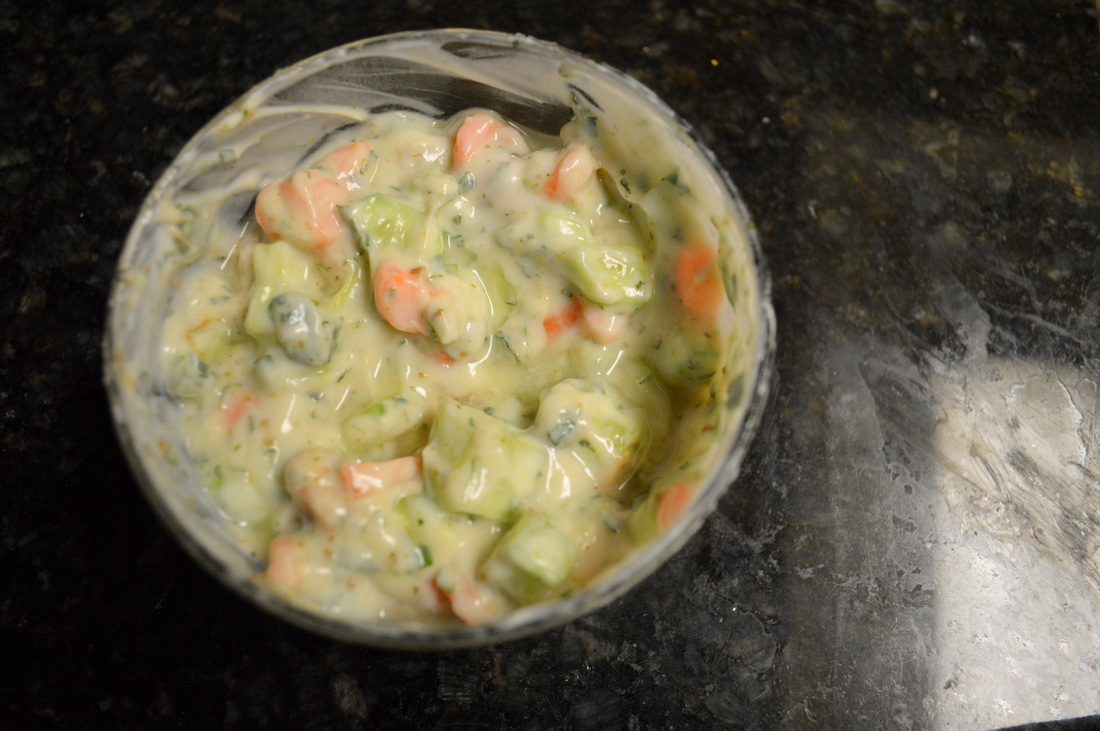
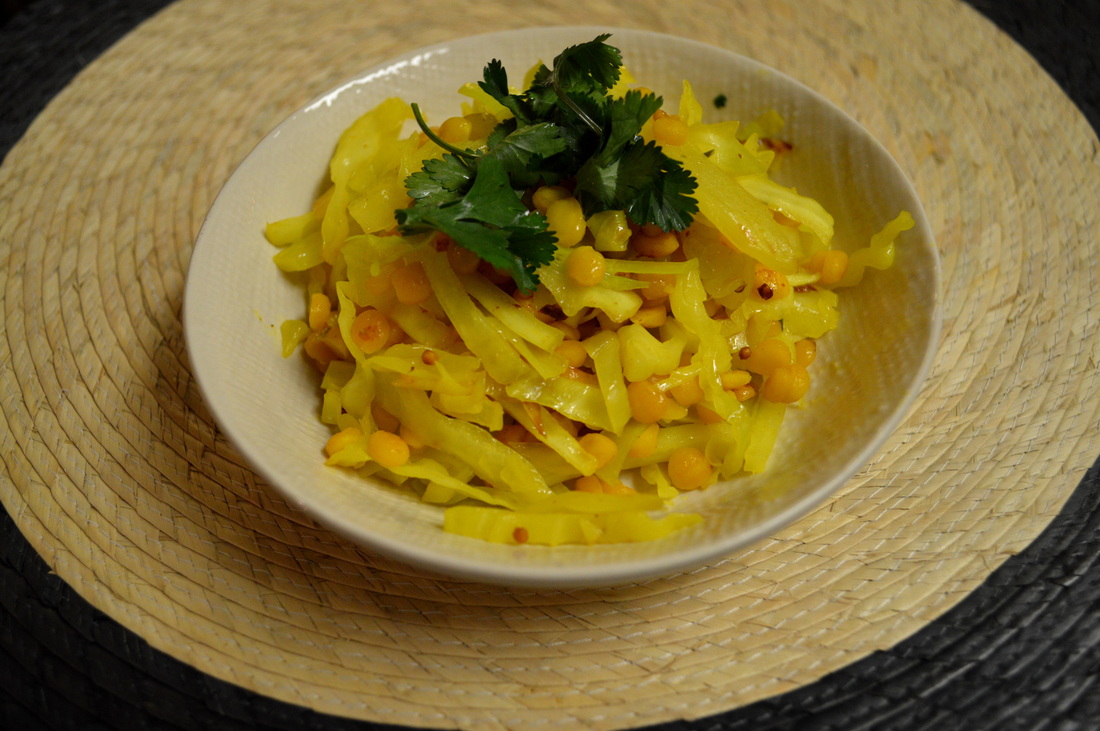
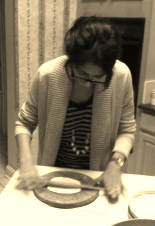
 RSS Feed
RSS Feed
